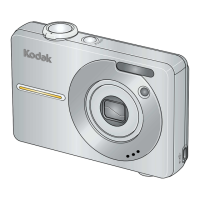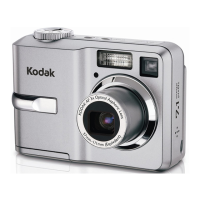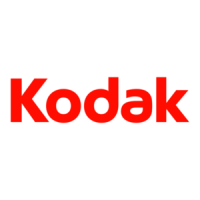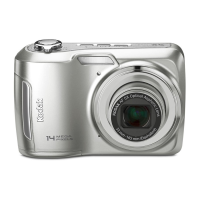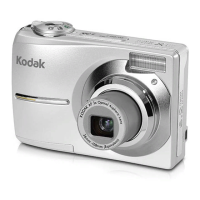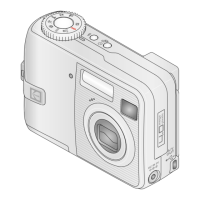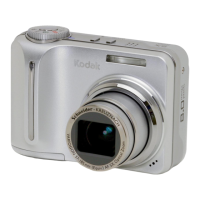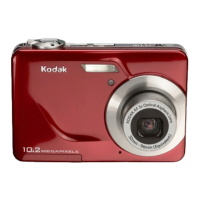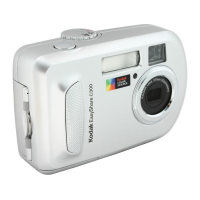Using Wi-Fi mode—EX models only
www.kodak.com/go/support
24
Glossary of common wireless network terms
Access point—(Also called AP.) A wireless network transceiver or “base station”
hub, often used to connect a local area network to one or more wireless devices. An
access point can also provide a communication link to a wired local area network.
Ad Hoc—A client setting for a wireless local area network that allows devices
connected to the network to communicate with one another directly, independent of
an access point or router.
Bridge—A product that connects a local area network to another local area network
that uses the same protocol (for example, wireless, Ethernet or token ring). Wireless
bridges are commonly used to link buildings in campuses.
Client—An application on a computer or device connected to a network that
requests services (files, print capability) from another connected computer or device
on the network.
Device-to-device—See Ad Hoc.
DHCP—Dynamic Host Configuration Protocol: a utility that enables a server to
dynamically assign IP addresses from a predefined list and limit their time of use so
they can be reassigned. Without DHCP, all of the IP addresses of all the clients on the
network would have to be manually entered. With DHCP, whenever a client connects
to the network, it automatically gets an IP address assigned to it.
DNS—Domain Name System (or Service, or Server): a program that translates
domain names to IP addresses by accessing a database maintained on a collection of
Internet servers. The program works behind the scenes to facilitate surfing the Web
with alpha versus numeric addresses. A DNS server converts a name like
mywebsite.com to a series of numbers like 107.22.55.26. Every Web site has its own
specific IP address on the Internet.
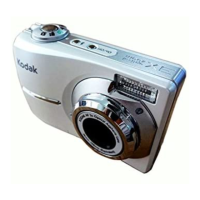
